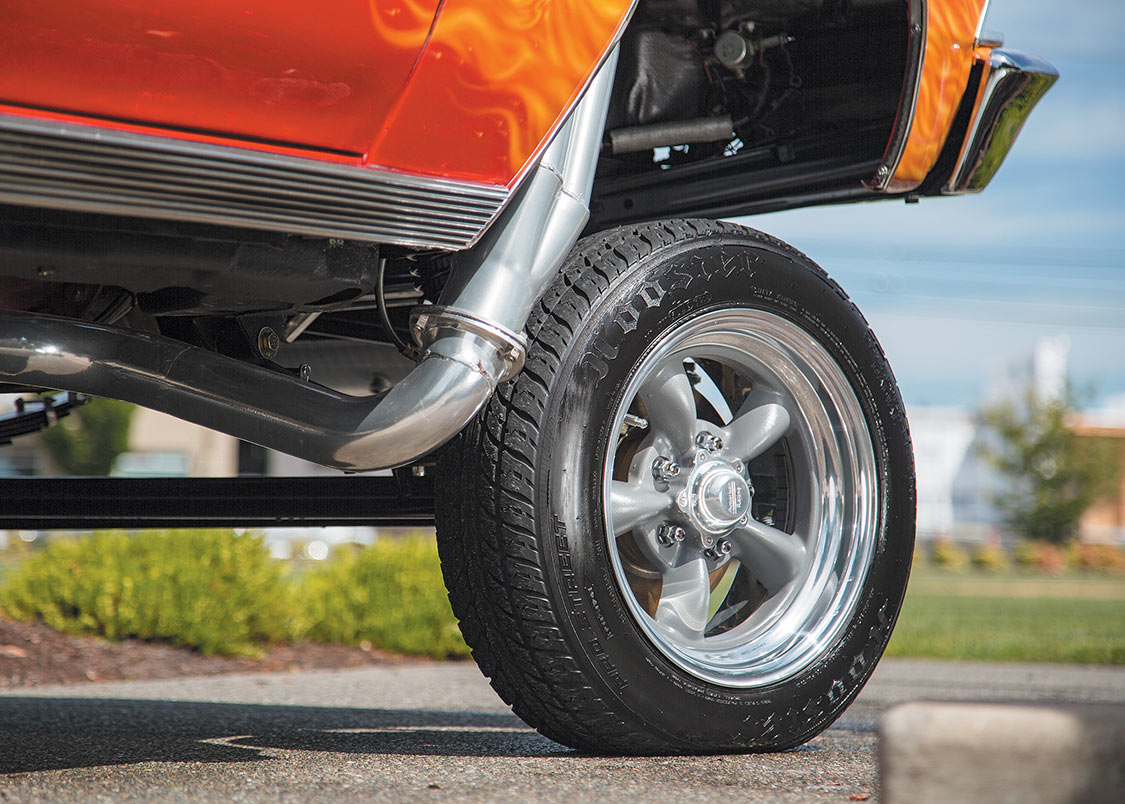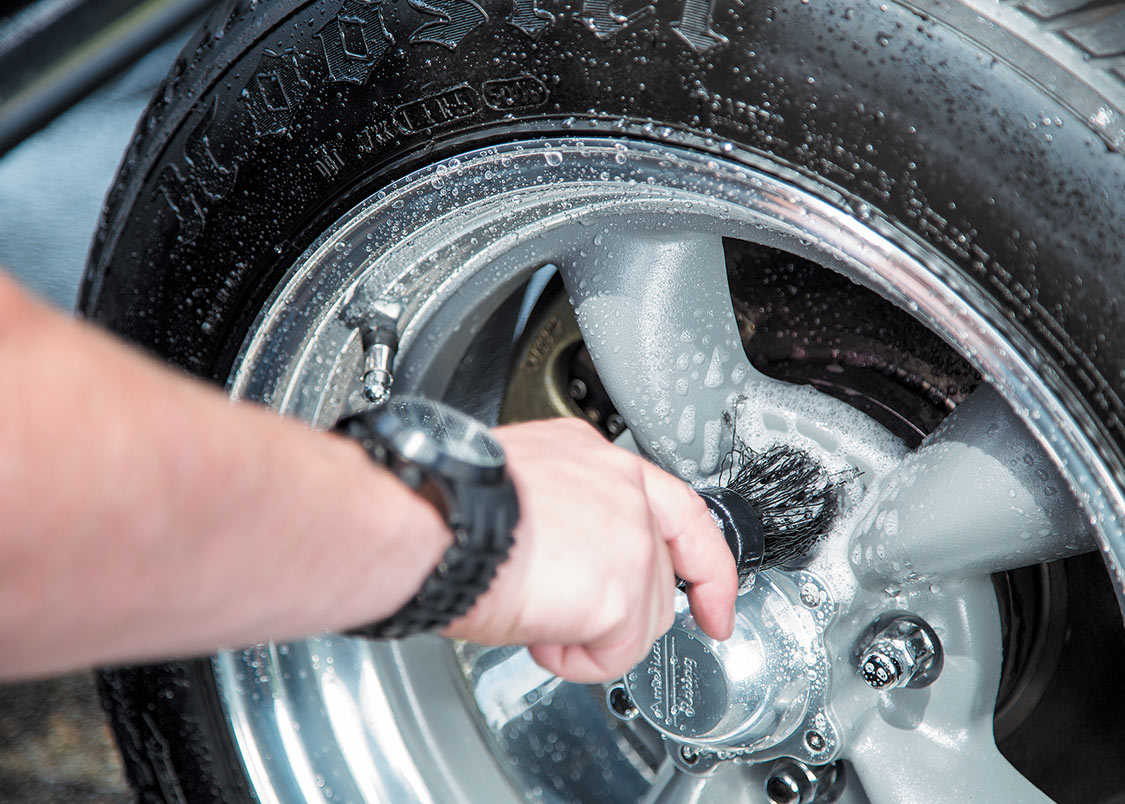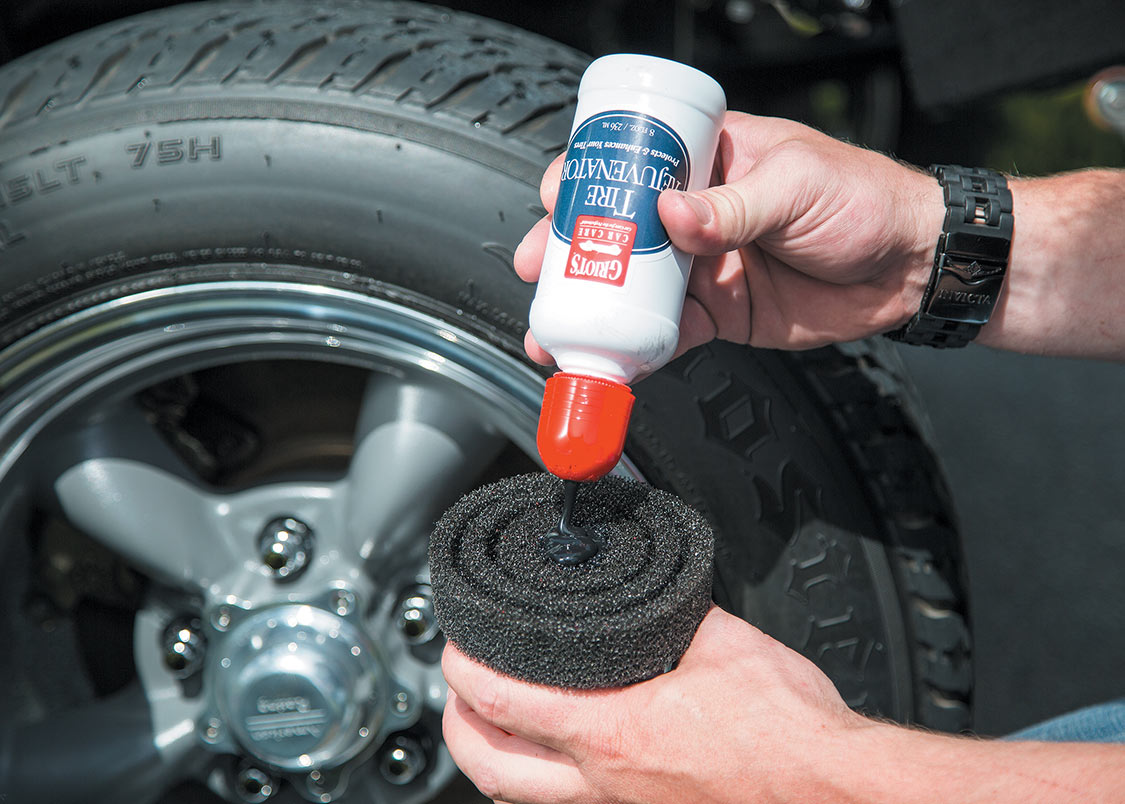 AL MAMOON
.
October 09, 2022
.
All Feature Vehicles
AL MAMOON
.
October 09, 2022
.
All Feature Vehicles

Wheels make the ride. Whether you roll subtle and slight or loud and large, fully dressed rolling stock is a high priority for any rodder. Trailer queens are in a perpetual state of cleanliness, but if your car sees the road, keeping your wheels and tires clean can be particularly challenging because they get dirtier, and do so faster, than any other part of your ride. Brake dust and road grime are the most heinous offenders.
When it comes to brake dust, some pads spit the stuff like a grinder shoots sparks. The composition of your brake pad’s friction material determines how much dust is produced and how potentially harmful that dust can be. Metallic pads generally are more potent than ceramic-based pads. Brake dust is tough stuff, and it can etch into your wheel’s finish if left unchecked. Road grime is more prevalent in rainy areas and it seems to stick to wheels like peanut butter. Grime is more of an aesthetic hindrance than overtly dangerous, but grime and dust together make quite a one-two punch.
The following tips and tricks will make the quality time you spend with your rolling stock more effective and fulfilling.










We use cookies to enhance your browsing experience, serve personalized ads or content, and analyze our traffic. By clicking "Accept All", you consent to our use of cookies. Visit our Cookie Policy for more info.
Notifications
Share Link